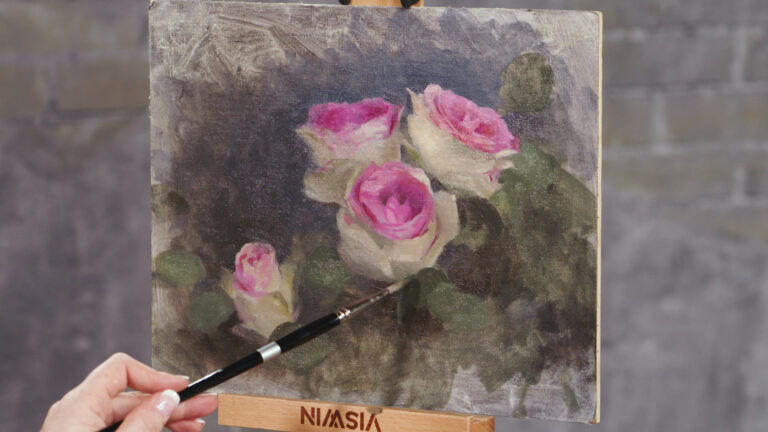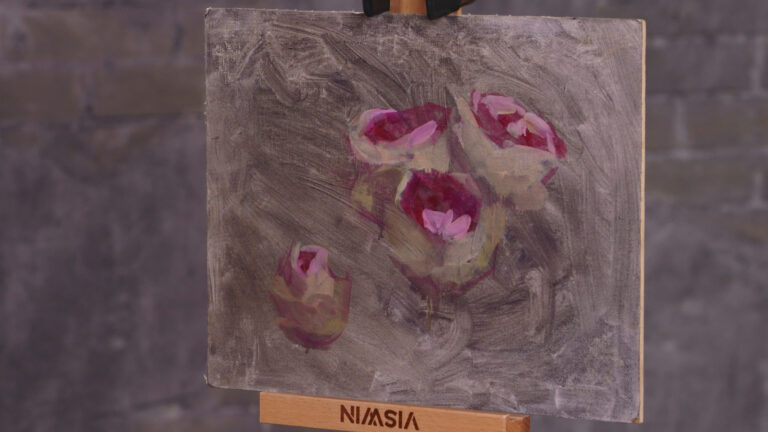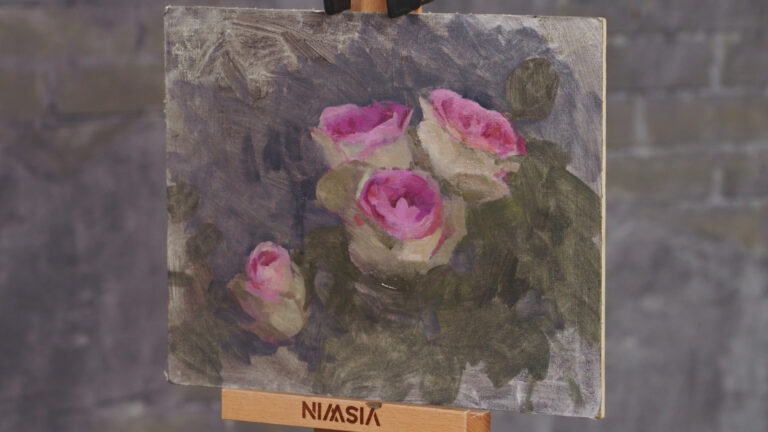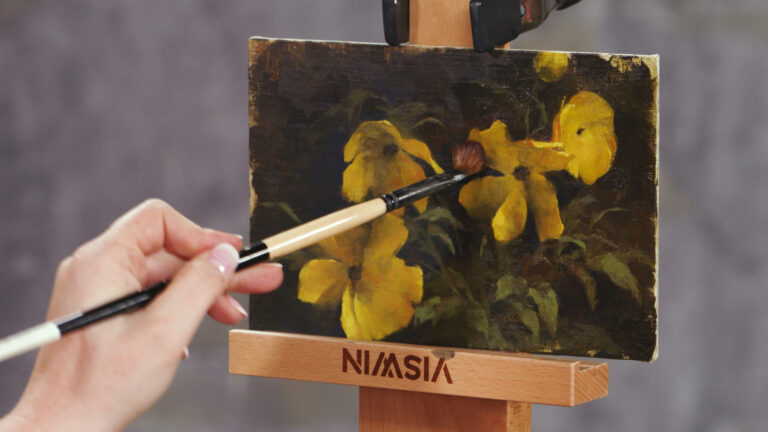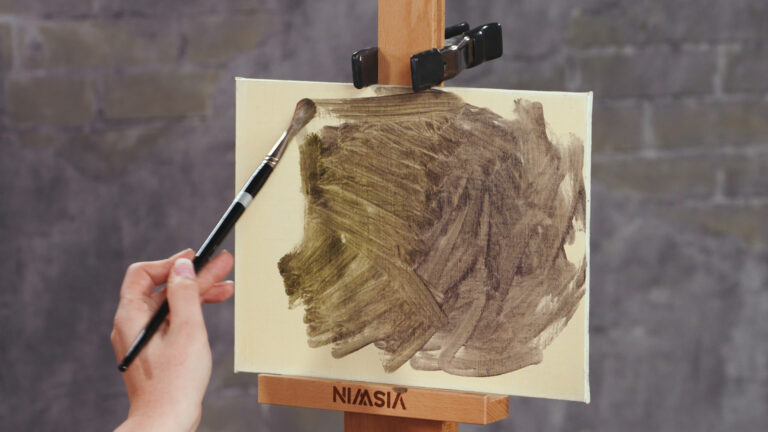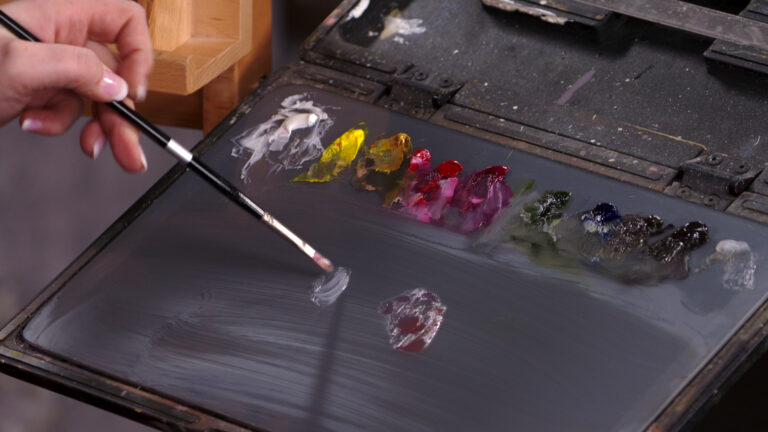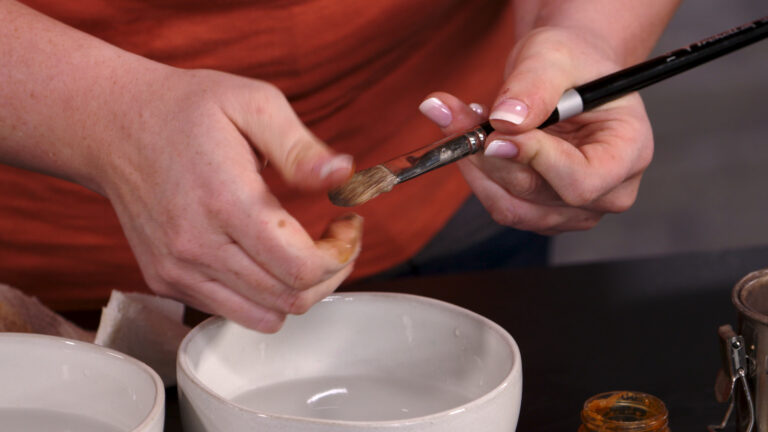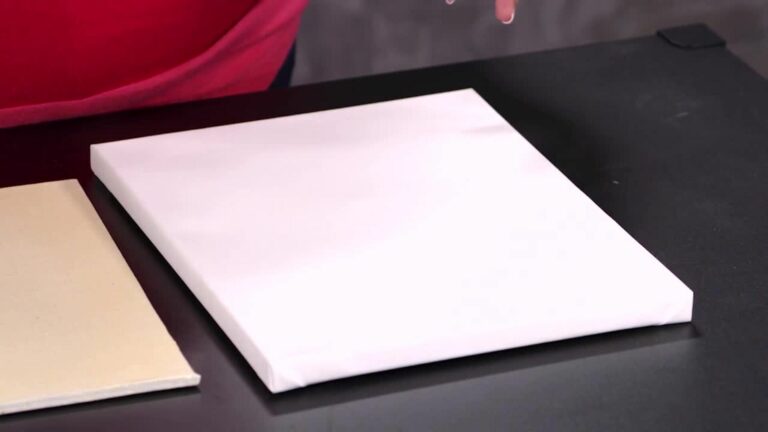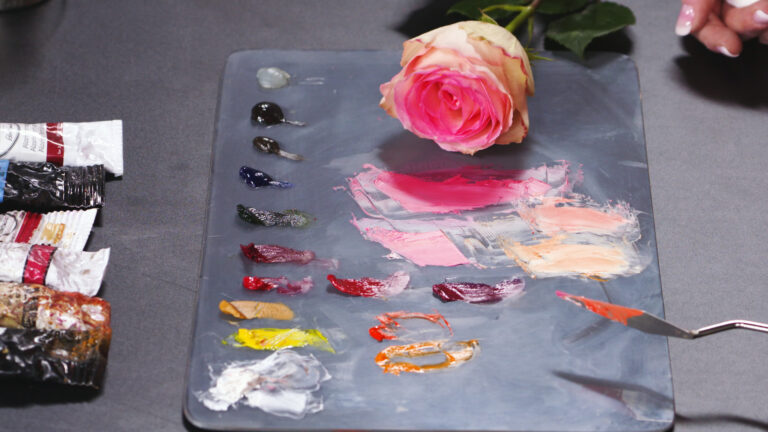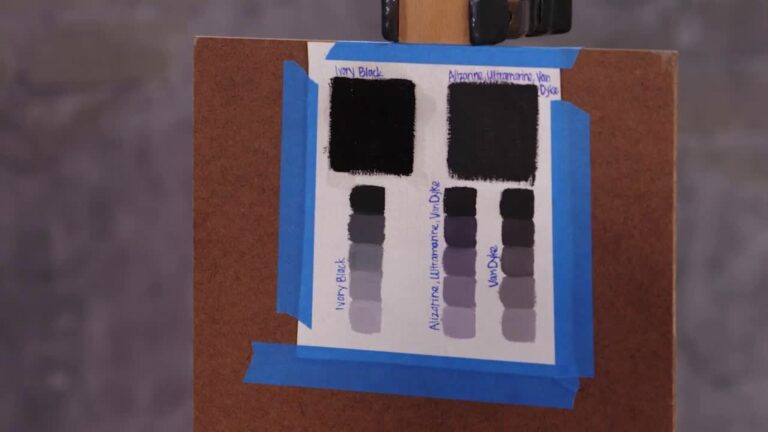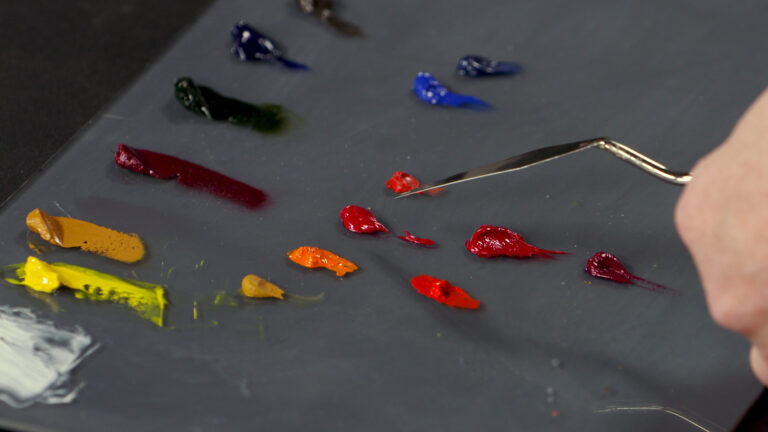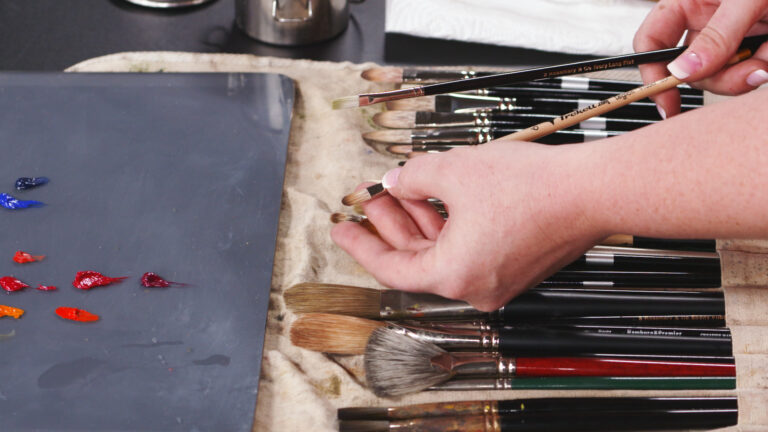
Choosing Your Surface for Oil Painting
Katie Liddiard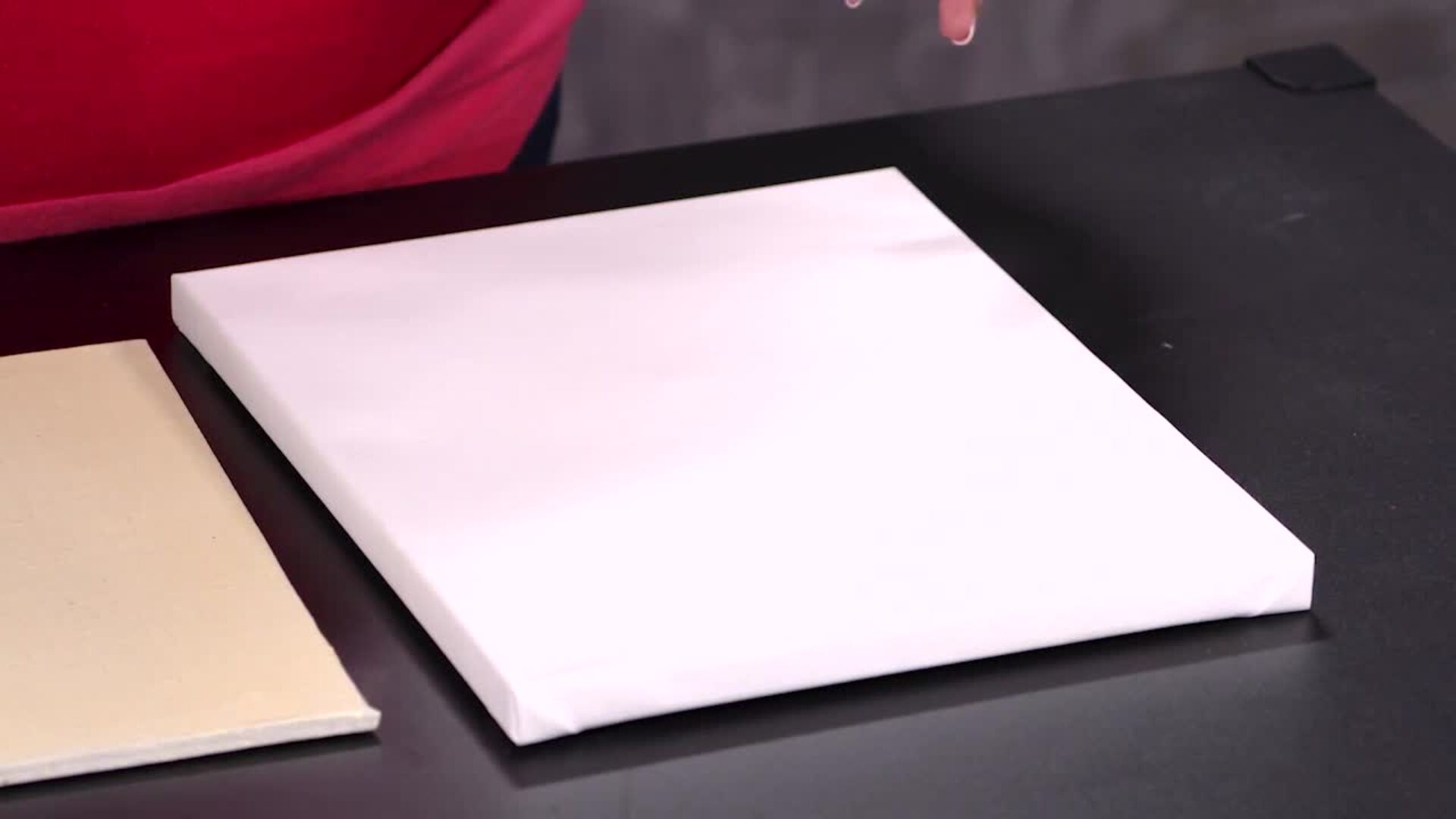
As an oil painter, you have many choices for surfaces to paint on. Begin by asking yourself if you want to paint on a stretched canvas or on a panel. Artist and instructor Katie Liddiard breaks down the differences between these two painting experiences, and the advantages and disadvantages of each. First, a stretched canvas is lightweight and easy to move around, because the canvas is stretched over an open wooden frame of stretcher bars. A panel, on the other hand, is more dense, with canvas adhered to a solid piece of wood that can be thin or as much as an inch thick to safeguard the wood from warping. Depending on the size of the panel, that can add quite a bit of weight to the painting.
You’ll also have many options for the size of a stretched canvas from very large to very small, Katie says, without ever adding too much weight to the painting overall (note that large canvases may require additional wooden crossbars for stability). Larger panels, comparatively, will be heavier and more awkward to work as you go up in size, and you may hit size limitations that you could overcome with canvas. A stretched canvas can also be removed from its stretcher bars and rolled, while clearly that wouldn’t be an option with a panel. Panels have their strong points, however. The back is fully protected, while a canvas’s open back is exposed to air and moisture that can possibly compromise the paint film. Katie will often choose a panel when longevity and archival integrity are important for the artwork.
